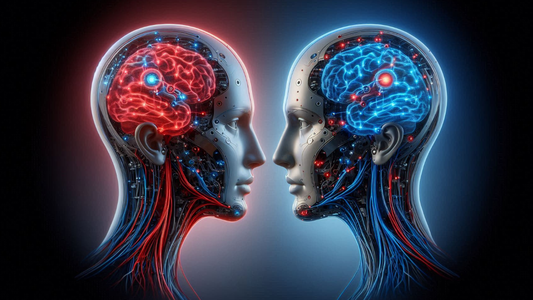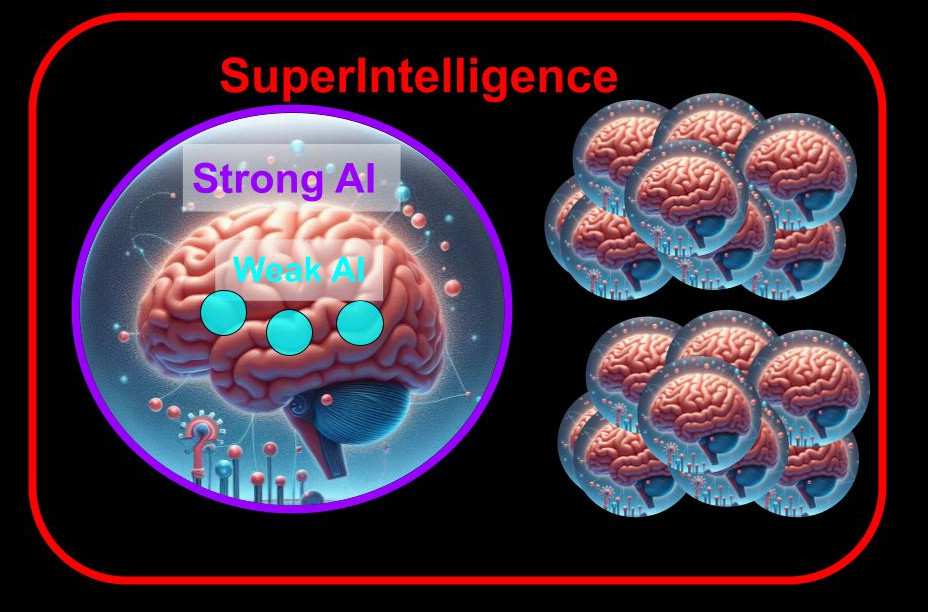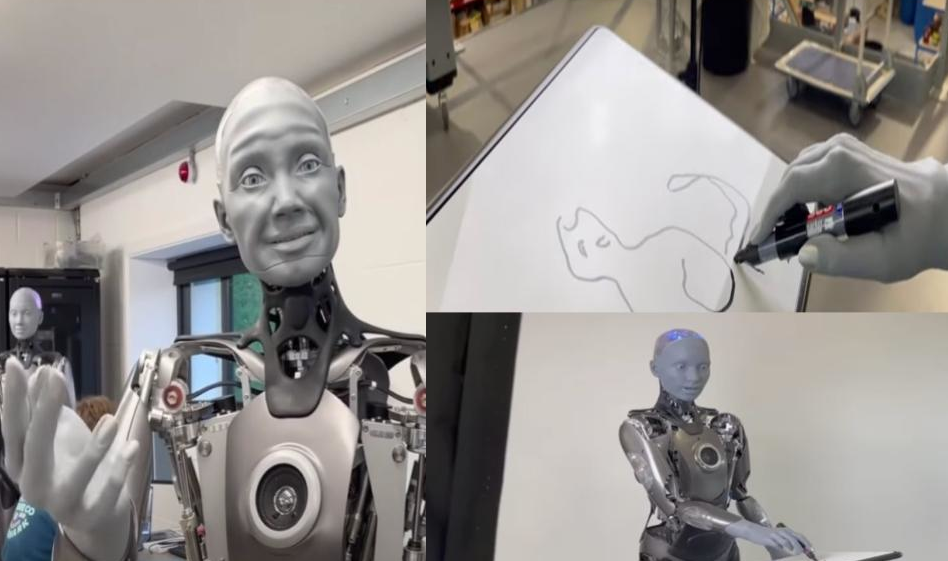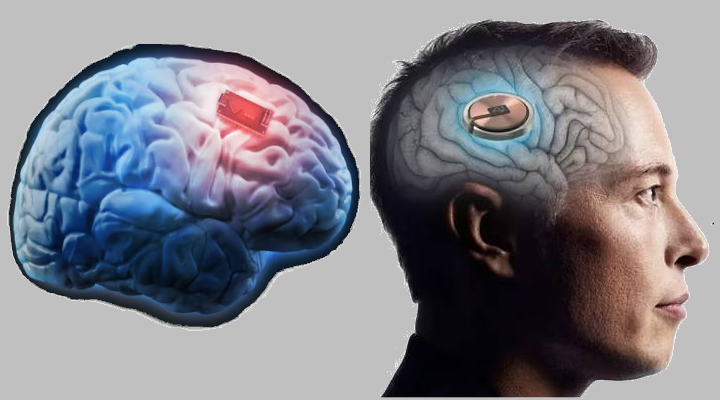Mind uploading, or mind copying, is a theoretical concept where a person’s mind, including their consciousness, memories, and information, is transferred from the brain to a digital medium like a computer, creating a digital replica of the mind.
Although this idea has been explored in science fiction films, many post-humanist theorists believe it is achievable, and many technology pioneers striving for it, seeking immortality beyond the biological body.
Mind Uploading in The Matrix and Transcendence
In The Matrix, the mind is uploaded to the Matrix (a virtual simulation) via a physical connection that transfers consciousness to a virtual body within the simulation. The transferred mind is treated as a digital system that can learn any skill through training programs. However, the process is limited because there is a direct link between the real mind and the virtual mind; they do not operate simultaneously. The virtual mind ends when the real one is disconnected or destroyed, suggesting a transfer rather than a true copy or upload.
In Transcendence, starring Johnny Depp, after a fatal accident, his character’s consciousness is uploaded to a supercomputer. The digital copy gains immense intelligence and power, losing its human essence and treating others as mere data. This transformation highlights potential catastrophic implications of such technology. It also suggests that, like any digital application, the digital mind can be disabled or manipulated using a virus, as depicted in the film. Although the goal was to destroy the malevolent digital mind, it underscores a critical threat to this technology: the ability to direct and manipulate the mind with viruses, posing unpredictable risks.
How Could Mind Uploading Work?
For mind uploading to work, the brain must first be scanned. This process must capture the brain’s structure, neural connections, and detailed information. The data is then transferred to a computer or digital platform, where it can be used in a simulated environment or placed in a robot, allowing the uploaded mind to think, perceive, and interact with external stimuli like a biological brain.
Ethical and Legal Implications
Copying and uploading the brain is a contentious issue. Even though the technology to achieve this is not yet available, considering the ethical implications is essential. Will the copied mind be an exact replica of the original, and how will it be treated — as a new individual or a continuation of the old one? In the case of multiple copies of the same mind, how will each be managed and protected from viral attacks that could fundamentally alter it?
These are tough questions with no simple solutions, and figuring them out could be just as challenging as actually uploading a mind.









